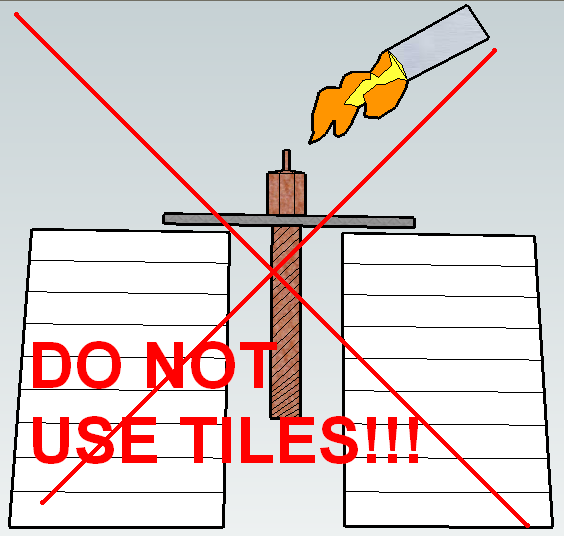It’s not that I’m not materialistic or a complete stoic. It’s just that my interests are so simple, narrow, and specific there just isn’t a whole lot I require out of life. But for other happy and fortunate life complications1 I’d live in a studio apartment almost completely devoid of furniture except for a futon, small table, one (perhaps two) and book shelf. Give me a library card and a laptop and I’ll show you a content man. For example – one of my hobbies is origami. Which boils down to basically a lot of paper. 2
While this means I’m easily content, it means those family and friends are frustrated at the thought of having to find me a gift. 3 So, for basically the first time ever I’ve put together a wish list with stuff I would love to get (in rough order):
- Magic pixie dust that will let me print in PLA without tears
- MakerBot heated build platform ($42 the price just went up to $50)
- MakerBot SMT Soldering Toolkit ($50)4
- MakerGear modular heater core ($15)
- MakerBot 100k thermistors ($5)
- MakerBot Mk4 Thermal Barrier PTFE ($7)
- MakerGear PEEK insulator ($8.50 for the 3/8″, $13.00 for the 5/8″)
- MakerBot Spare Parts Kit ($65)
- MakerGear modular thermistor kit ($5)5
- Precision vise set
- A metric drill bit set
- and a hotplate67
- aka family [↩]
- A hobby which, hundreds of years ago could only be practiced by those precious few who had access to a luxury such as paper, can now be practiced by anyone in reach of a paper recycling bin. [↩]
- 500 sheets of A4 bright white multipurpose paper??? Score! [↩]
- Since I have none of the equipment or skills to perform SMT soldering [↩]
- Someone mentioned the modular thermistor set ups don’t detect temperatures properly – about 10 degrees too low?! Update: Rick of MakerGear clarifies this was the result of a ring terminal mounted thermistor. His modular thermistor kit pictured at the bottom of the this page shows that this kit allows you to make the entire thermistor attachment far more modular by covering it’s terminals in PTFE sleeves and then adding a connector. This only makes me want this kit more. Thanks Rick! [↩]
- Preferably one with George Plimpton’s face [↩]
- That’s a Simpson’s reference, FYI [↩]

